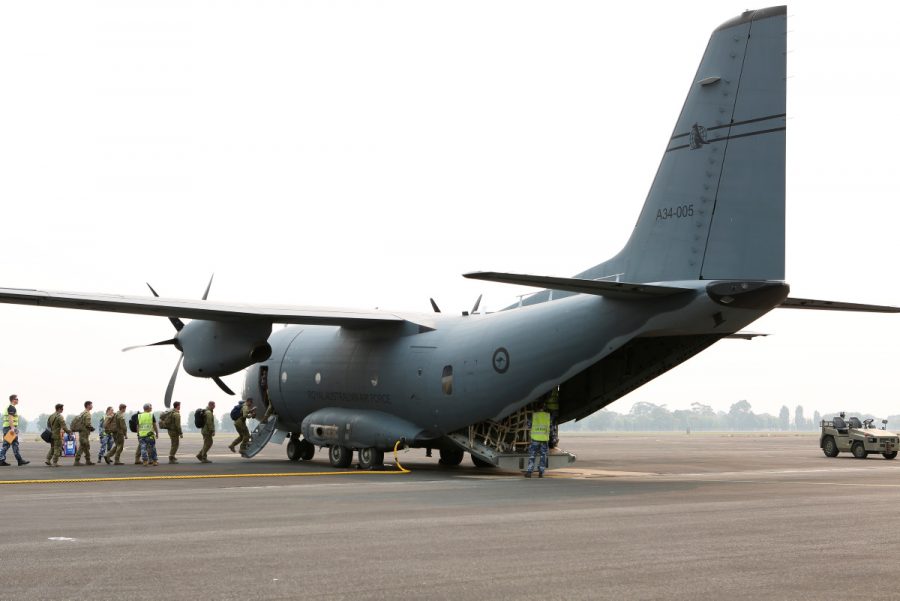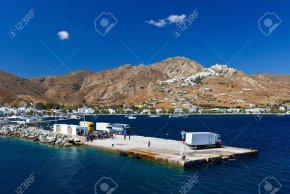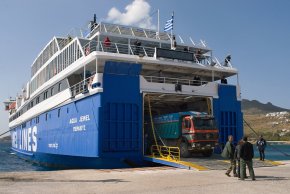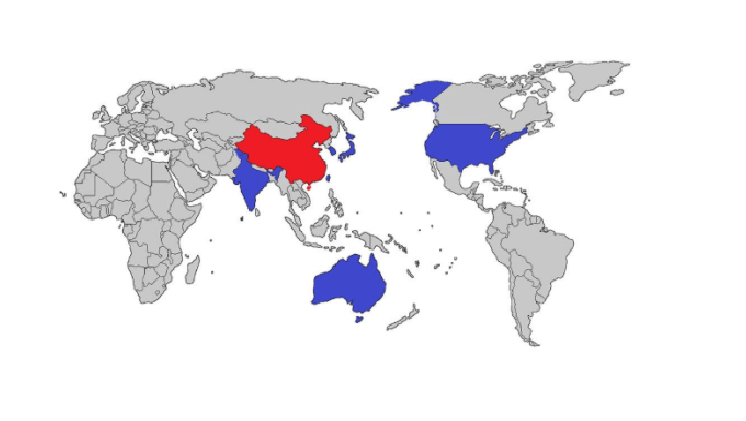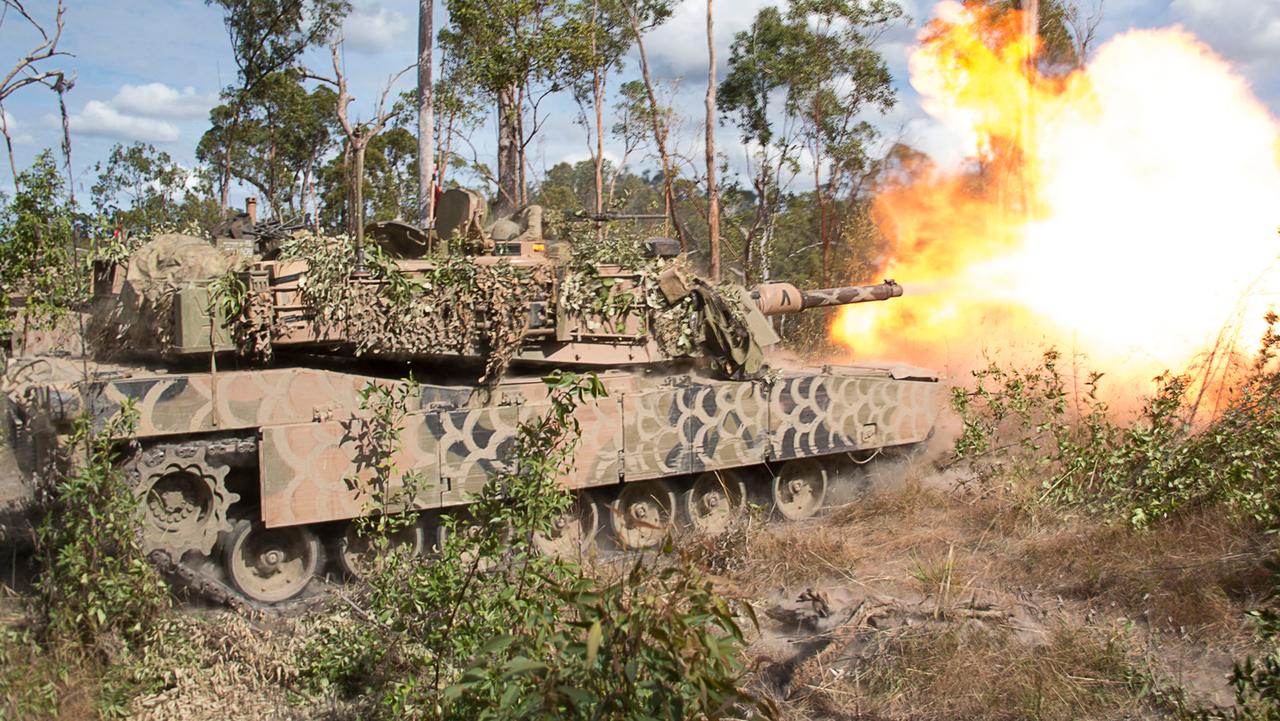Michael Shoebridge in the ASPI article made the following statements:
"It’s time to upend the idea of a ‘balanced force’ in Australian defence policy."
"Defence needs to play a much bigger role in responding to national and regional disasters and the ADF needs
greater offensive firepower, sooner than the future force in the white paper will eventually deliver."
"Wedded to the balanced force notion, Defence’s instinct will be to minimise the impact that the prime minister’s
drive on disaster response capabilities has on ADF plans and structures."
"It’s time to break with the idea that our defence capabilities are ‘structured for war, adapted for peace’. Natural and man-made disasters—whether fires, floods or epidemics—will be more frequent and
more damaging in Australia, the South Pacific and Southeast Asia. Doing disaster response well requires organisation, training and focused capabilities. Volunteer and state and territory capabilities will remain key, but they will not be sufficient—as we have seen."
"The
C-27J Spartan is an example. Defence acquired 10 of these new aircraft as ‘battlefield airlifters’ to fly cargo and people into austere, difficult airstrips close to the fighting.
But that time is over. They’re built to go against the insurgent and terrorist adversaries or weak state militaries we’ve seen in recent decades and are unlikely to survive in the dense threat environment of a conflict with a peer-level state military like China’s.........Abandoning the ambition to deploy these aircraft into a military threat environment that would be difficult to survive will mean no longer having to invest in complex and expensive
electronic warfare self-defence systems or battlefield airlift training for crew."
While saying that the ADF should abandon a balanced force construct he also wants the ADF to be a bigger player in responding to national and regional disasters. Is this is not a prime example of 'being structured for war and adapting for peace'! Exactly because the ADF trains for war which requires organisation, training and capabilities in rapidly changing environments allows it to respond in natural disasters. Where the disconnect lies is in the state and territory governments' abilities and capabilities. It is the states and territories who have the primacy of control in natural disasters and the ADF only becomes involved when requested by those governments and is subordinate to those governments disaster organisations. Not all of the ADF would be useable in natural disaster situations, but engineers, logistics, transport (including aviation), medical and communications (with appropriate planning and operations staff) would definitely be required.
If the ADF does not fit its platforms with 'complex and expensive
electronic warfare self-defence systems' and provide battlefield training for the crews then those platforms would not be fit to 'deploy these aircraft (or platforms) into a military threat environment that would be difficult to survive'. That is exactly the reason that the ADF did not deploy Blackhawk helicopters in Iraq and Afghanistan. To use the C-27J (and other systems) in the environment for which the government procured them requires self-defence systems appropriate to the threat. As Australia has a limited number of platforms of any type means that the ADF must provide the best possible protection for the crew and the platform.
Michael Shoebridge suggests that the ADF should be the best 'hammer' in the region, but forgets that when all you have is a hammer then everything looks like a nail. The government wants a full tool box not just a hammer.

